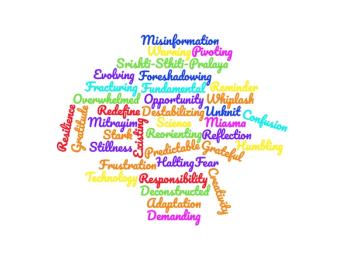
What meanings and values can be found from the past year, and what words will be found going forward?

What meanings and values can be found from the past year, and what words will be found going forward?

A winner of the 2020 Sigourney Award reflects on a lifetime of reading, promoting, and revising Freud’s theories.

The sharply decreasing perception of risk and easy accessibility of cannabis has many patients turning towards it, despite the potential negative effects.

Cannabis use has prompted symptoms such as dizziness, sleepiness, and fatigue in older patients. Are there any benevolent effects?
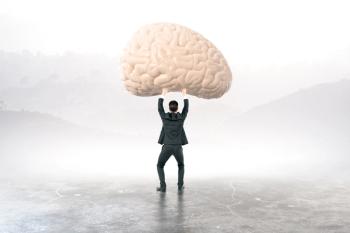
Devoting funds to better benefit brain health could improve society as a whole.

The rapidly changing field of cannabinoids and their clinical implications poses a particular challenge in psychiatry.

How can we ensure that our attributions of meaning are not simply instances of creative storytelling?

This investigational dual orexin receptor antagonist improved sleep overnight and daytime functioning.

As patients flock to CBD as a “natural alternative” to medications, the FDA continues to crack down on false claims.

A case in Germany overturns old ideas about conversion disorders.

Multidisciplinary insights on helping patients with ADHD during the COVID-19 pandemic, medication abuse, and other factors affecting care.

An ex-Yale psychiatrist who skirted the Goldwater Rule is suing the university over her termination.

The war experiences of physicians and scientists shaped their research agendas.
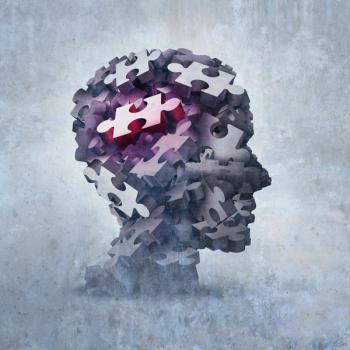
If depression impairs the brain’s processes at a molecular level, would the same be true of stress more generally?

A DSM-5 diagnosis requires a biopsychosocial case formulation—not just a symptom checklist.

Misdiagnosis and late diagnosis may be preventing older patients with bipolar disorder from getting proper care.
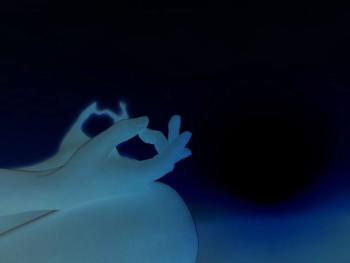
This mindset might be the key to mental health breakthroughs.

What executive orders from President Biden will affect mental health care?
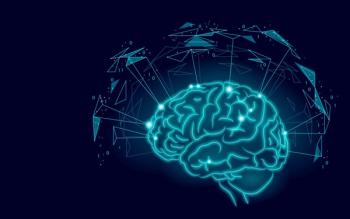
This monoclonal antibody showed significant slowing of decline in patients with Alzheimer disease.

This social anxiety disorder treatment does not directly activate gamma-amino butyric acid (GABA-A) receptors, setting it apart from benzodiazepines.

Aerobic exercise has been found to exert a positive effect on global cognition and some, but not all, cognitive domains in patients with schizophrenia.
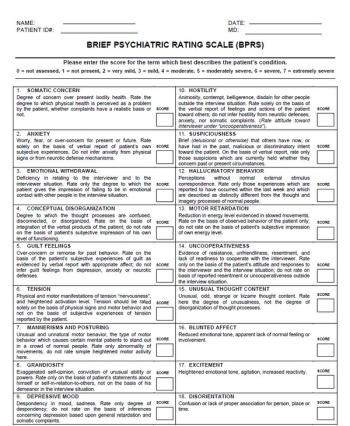
The Brief Psychiatric Rating Scale (BPRS) is a tool clinicians or researchers use to measure psychiatric symptoms such as anxiety, depression, and psychoses.

It’s time for psychiatry to take the high road in addressing racism, especially as the psychological toll becomes more evident.

What is the long-term, real-world effectiveness of pharmacotherapies for schizoaffective disorder? An investigation into 2 nationwide cohorts of patients living with schizophrenia provides new details.

An antipsychotic changed the life of not only 1 man, but an entire family.
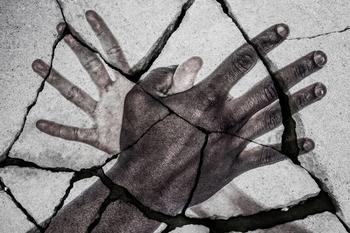
Mental health care for victims of violence may be a way out of the darkness for Latin America.

The vaccine needs to be appropriately framed: as a benefit, not a risk.

The wave of anti-Asian violence needs a better response than mere words.

A myriad of neuropsychiatric symptoms result from folate deficiency, including cognitive impairment, insomnia, psychosis, depression, peripheral sensory deficits, and weakness. Treatment and prevention strategies are discussed.

If patients decline electroconvulsive therapy, psychiatrists still have many good options.